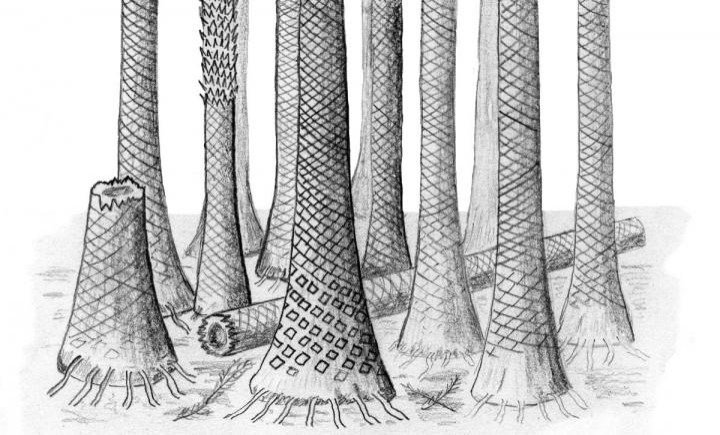Fossils of 380 million year-old forest found with role in dramatic climate change

Ancient forest fossils, which are thought to have played a part in one of the Earth's most dramatic climate shifts, have been found in Norway. Discovered in Svalbard, a Norwegian archipelago situated in the Arctic Ocean, the fossil forest tree's stumps were preserved in place and date back some 380 million years.

The team from Cardiff University say that the forest originally grew near the equator, where Svalbard would have been at the time, during the Devonian period and was part of the reason that there was a 15-fold reduction in CO<sub>2 levels.
It is thought that there was such a massive drop due to the change in vegetation as the first large forest trees began to sprout. This caused temperatures on Earth to drop dramatically to levels that we experience today – today's average sea surface temperature is 17C, compared to 30C back then.
Dr Chris Berry of Cardiff University's School of Earth and Ocean Science said: "These fossil forests shows us what the vegetation and landscape were like on the equator 380 million years ago, as the first trees were beginning to appear on the Earth.
"During the Devonian Period, it is widely believed that there was a huge drop in the level of carbon dioxide in the atmosphere, from 15 times the present amount to something approaching current levels. The evolution of tree-sized vegetation is the most likely cause of this dramatic drop in carbon dioxide because the plants were absorbing carbon dioxide through photosynthesis to build their tissues, and also through the process of forming soils."
The team say, in their report published in Geology, that the trees were mainly lycopod, which are known for growing later in history in coal swamps. Additionally, they believe that there was only around 20cm between each tree and they would have grown to four metres high.
Berry had also worked on the identification of another ancient forest found in Gilboa, New York, which would have been south of the equator at the time. "This demonstrates that there was already geographical diversity of forest plant types and ecology just as soon as they had evolved," he said.
© Copyright IBTimes 2025. All rights reserved.






















